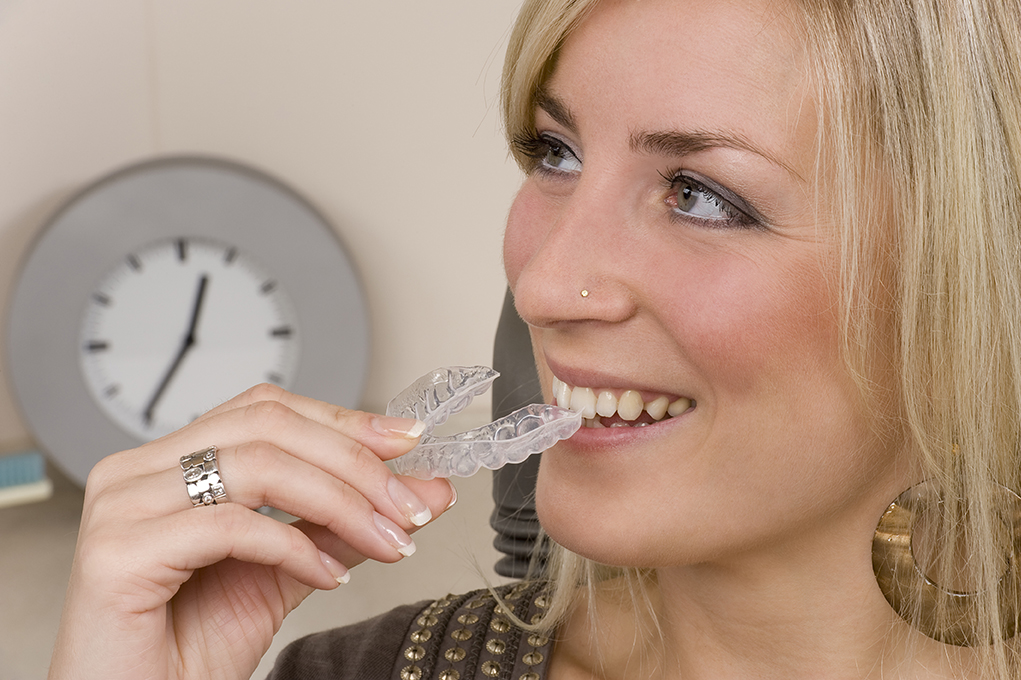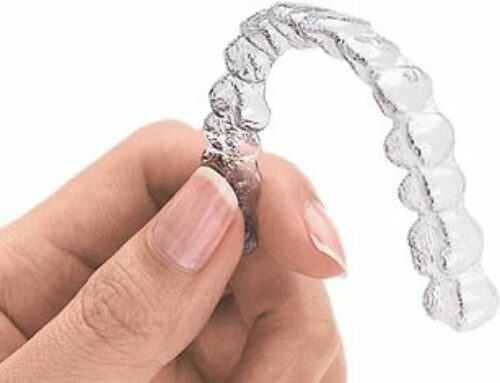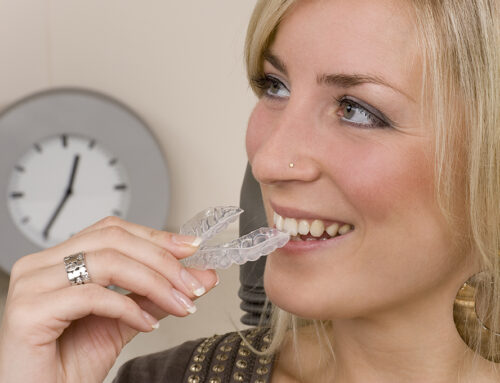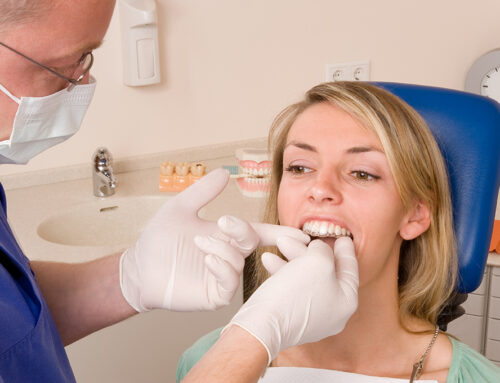Invisalign has only been around for about two decades. Before that, people could only get their teeth straightened with metal braces, and as little as 50 years ago, people rarely got them at all. Only the wealthy could afford them then. New discoveries, however, have made them accessible to everyone. Now, braces are almost a rite of passage for adolescents. Invisalign has made it even easier.
The Initial Idea
Somewhere in the mid-1990s, Zia Chishti, a Stanford University graduate, made a discovery while he was wearing his retainer. He noticed that his teeth would shift out of alignment when he didn’t wear his retainer, but when he consistently wore it again, his teeth would realign again. He realized that this could be applied to the actual process of straightening teeth.
So Chishti teamed up with his friend, Kelsey Wirth, and the two of them began to seek out developers and partners who could help them with his idea. They added two more partners, Apostolos Lerios and Brian Freyburger, and the foursome founded Align Technology in 1997 in a Menlo Park garage. They also managed to convince several investors—Kleiner, Perkins, Caulfield, and Byers—to invest in their business venture. And the journey toward a revolutionary teeth-straightening method began.
The Journey
Lerios and Freyburger were graduate students at Stanford and had access to design software there. They brought Marc Levoy on board to help them develop a system in which a physical object could be turned into a digital image, using CAD modeling, geometry, and 3D printing technology. They then wrote a software program that could design incremental stages of retainers to straighten teeth. They spent a year developing their idea, then applied for approval with the FDA, which they were granted. With that, they were given the license to sell their product.
The Adoption of Invisalign
But there was one problem. None of the developers or investors had ever studied orthodontics—they were just Stanford University students with an idea. Because of that, the orthodontic community was slow to adopt this new Invisalign system. The founders launched a $31 million TV campaign in 2000. According to the New York Times, it was “the most aggressive consumer advertising plan the dental profession has ever seen.”
But it got the attention of consumers. Consumers began to try and like this new method. And 75 percent of orthodontists received training in Invisalign that same year in 2000. The rest is history.
By now, over two million people have used Invisalign to straighten their teeth, and the number continues to grow. For many people, Invisalign is an appealing alternative to a mouth full of metal.






